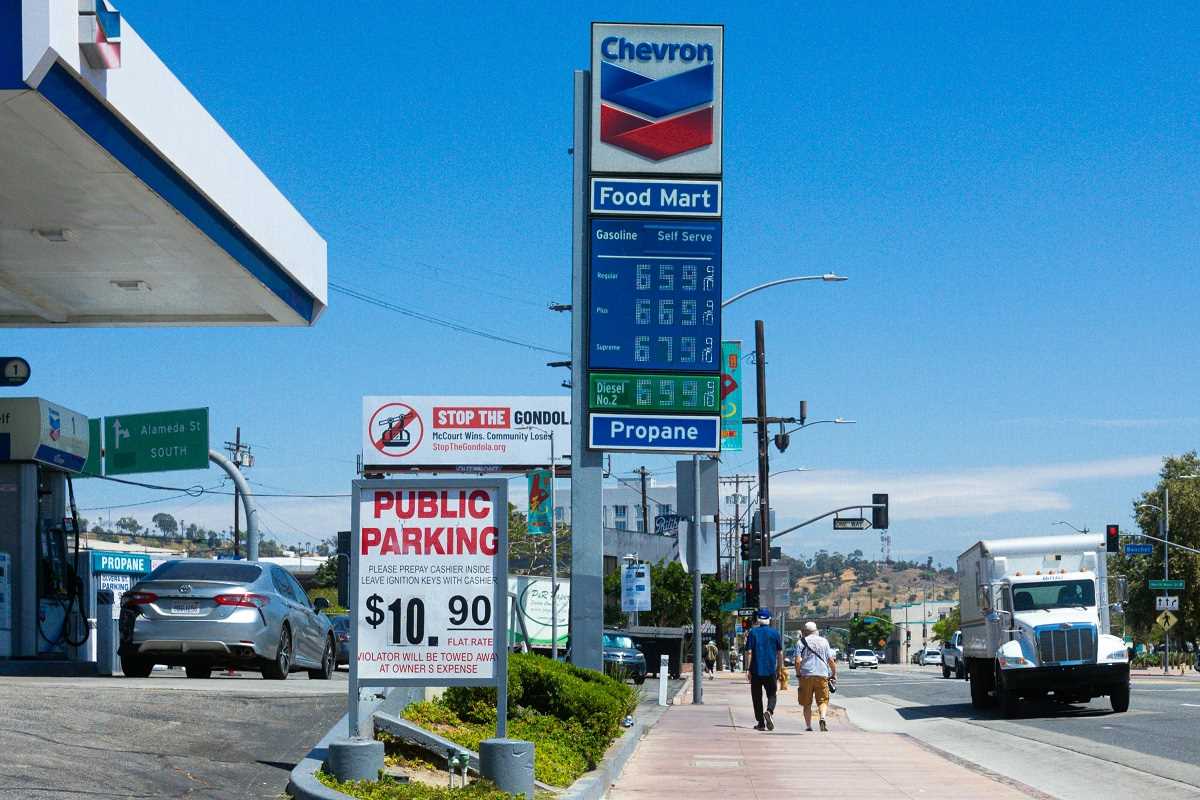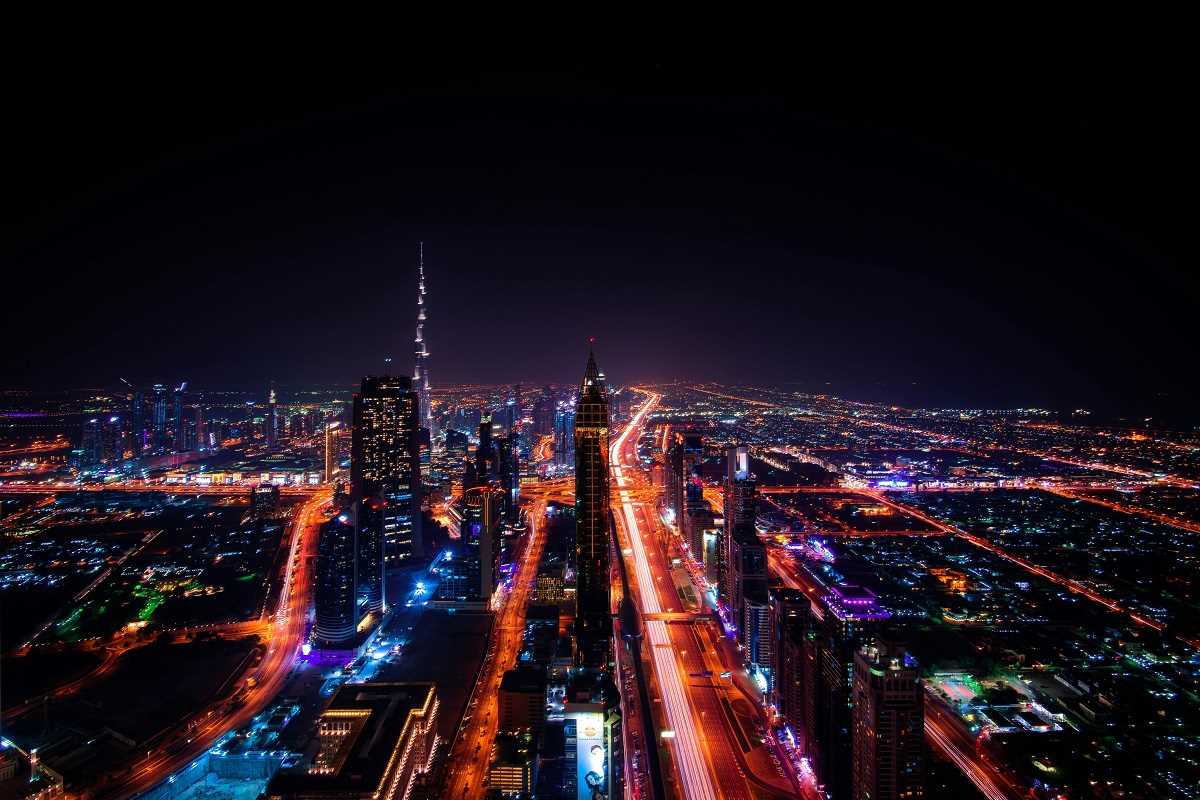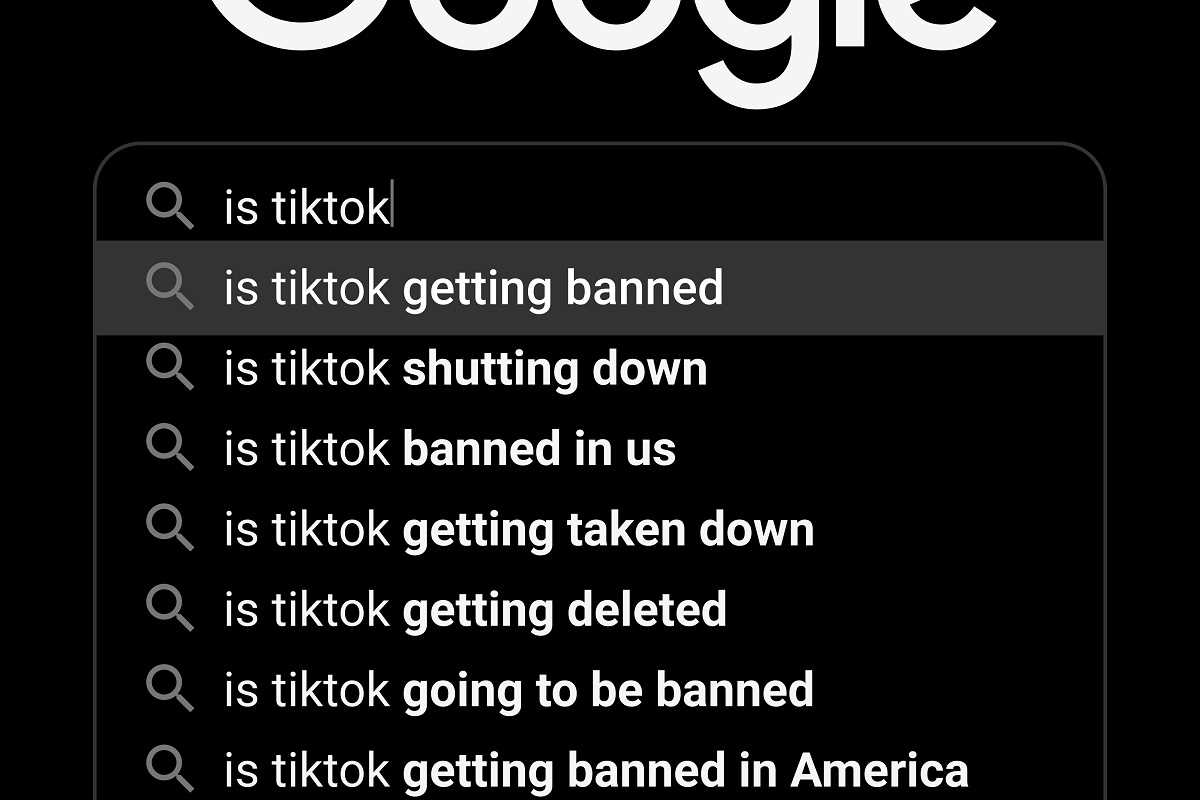The global wealth gap is a term that describes the growing divide between the richest people in society and everyone else. While this is a worldwide issue, it's especially noticeable in the United States. Here, the difference between the wealth of the top 1% and the rest of the population has been expanding for decades. Understanding what this wealth gap means and its long-term consequences can help us think about how to address it.
What Is the Wealth Gap?
The wealth gap refers to the uneven distribution of money and assets in a given population. Wealth includes more than just your paycheck—it’s all the financial assets someone owns, like savings, investments, property, and businesses. For example, someone who owns a home, has retirement savings, or holds stocks is generally wealthier than someone who rents their home or lives paycheck to paycheck.
In the U.S., wealth and income are not divided equally. According to research, the top 10% of Americans hold about 70% of the country's wealth, while the bottom 50%—half the population—owns only 2%. These statistics highlight the immense divide between the richest Americans and everyone else.
This gap isn’t just about numbers. It affects people’s everyday lives, influencing their housing, education, health care, and even how long they live. While the wealth gap has always existed in some form, it’s become much larger over the past 40 years due to various factors we’ll explore next.
Causes of the Wealth Gap
The wealth gap in the United States has many root causes. Some are tied to economic systems, while others involve social and historical factors. Below are some of the main reasons why the wealth gap exists and continues to widen.
1. Income Inequality
One major cause is income inequality, which means that people earn different amounts of money for their work. Over time, the wages of middle- and low-income workers have grown very slowly, while high-income earners, like CEOs and investors, have seen their earnings skyrocket. For instance, in 2021, the average CEO of a large company earned over 300 times what their average employee made.
This gap in pay limits how much money regular workers can save and invest, leading to less wealth over time. People at the top, meanwhile, continue to build wealth faster because they already earn more and have the ability to invest in opportunities like stocks or real estate that grow their wealth.
2. Education Disparities
Education is often called the great equalizer, but unfortunately, not everyone in the U.S. has access to the same quality of education. Public schools in wealthier areas, funded by higher local property taxes, tend to have more resources, better facilities, and more experienced teachers. Meanwhile, schools in low-income neighborhoods often struggle with underfunding.
This disparity affects students’ futures. Those from wealthier families are more likely to afford college, graduate with fewer student loans, and access higher-paying jobs. On the other hand, students from lower-income backgrounds may take on significant debt or struggle to pay for advanced education, making it harder for them to build wealth later.
3. Access to Resources
Another factor is unequal access to key resources like affordable housing, healthcare, and financial services. For example, people with lower incomes are more likely to rent than own a home. Homeownership is one of the biggest ways families build wealth in America because houses typically increase in value over time. Without access to affordable mortgages or housing, many people miss out on this wealth-building opportunity.
Similarly, many Americans don’t have access to healthcare without significant costs. Medical debt can quickly deplete savings, pushing families into financial instability. Some communities also lack access to financial services like banks, forcing people to rely on high-interest payday loans that make it even harder to save money.
4. Historical Inequities
The wealth gap in the U.S. is also tied to historical inequities like systemic racism and discrimination. For example, discriminatory housing policies in the mid-20th century excluded Black Americans from buying homes in certain neighborhoods, a practice known as redlining. This limited their ability to build wealth through homeownership, a disadvantage passed down through generations.
Today, the racial wealth gap continues to be stark. The median wealth of white families is nearly eight times greater than that of Black families and more than five times greater than that of Hispanic families. These disparities reflect centuries of unequal opportunities and highlight how history still plays a role in economic inequality.
Long-Term Consequences of the Wealth Gap
The wealth gap doesn’t just affect individuals—it has consequences for the entire society. Below are some of the key long-term effects of this growing divide.
1. Economic Instability
When wealth is concentrated in the hands of a few, economic instability can become a serious risk. Wealthy individuals tend to invest their money rather than spend it in ways that immediately boost the economy. Middle- and lower-income households are the ones that drive consumer spending, which is essential for economic growth. However, if these households don’t have enough money to spend, businesses can struggle, job growth may slow, and the economy can stagnate.
The 2008 financial crisis showed how fragile an economy can be when wealth and resources are unevenly distributed. Many families were hit hard by job losses and home foreclosures, while wealthy investors recovered much more quickly due to their access to financial safety nets.
2. Social Tensions
A large wealth gap can also lead to increased social tensions. When people feel left behind economically, frustration and resentment can grow. This can contribute to greater polarization in politics, strained relationships between different social groups, and even protests or unrest.
For example, movements like Occupy Wall Street highlighted anger over income and wealth inequality in the U.S. People began speaking out against how the top 1% seemed to control so much of the nation’s wealth at the expense of the majority. Addressing these tensions is important for creating a more stable and united society.
3. Reduced Opportunities
When wealth is concentrated at the top, opportunities for upward mobility shrink. Upward mobility is the ability for someone to improve their social or economic status over time. For example, a person from a low-income family might move to the middle class through education and hard work. However, when education, jobs, and housing are out of reach for many Americans, it becomes much harder to climb the economic ladder.
This reduced mobility traps people in cycles of poverty and limits innovation. A society where only a few people have access to opportunities wastes the potential talent and ideas of millions, slowing progress for everyone.
Examples of the Gap in Action
We see the consequences of the wealth gap in everyday situations:
- Housing Crisis: Many cities in the U.S. have skyrocketing housing costs, making it unaffordable for lower-income families to live in safe and decent places. This housing inequality worsens the gap between renters and homeowners.
- Debt Burden: Student loan debt is another example. About 44 million Americans have student debt, and those from lower-income families are more likely to struggle with repayment, limiting their ability to save and build wealth.
- Health Outcomes: Wealth impacts health. For instance, wealthier people can afford better healthcare, leading to longer life expectancies. Meanwhile, poorer communities often face higher rates of illness and shorter lifespans due to limited resources.
Addressing the Wealth Gap
Reducing the wealth gap requires collaborative efforts from governments, businesses, and communities. Possible solutions include:
- Raising the Minimum Wage: Paying workers higher wages can help bridge the income divide and allow families to save more.
- Investing in Education: Equal access to quality education can open doors to better-paying jobs and reduce disparities.
- Tax Reform: Implementing fairer tax policies, such as higher taxes on the wealthiest Americans, could redistribute resources.
- Affordable Housing Initiatives: Providing affordable housing options and accessible mortgages can help families build long-term wealth.
The wealth gap in the U.S. is a serious challenge with wide-ranging consequences. While its causes are complex, its effects—economic instability, social tensions, and reduced opportunities—can no longer be ignored. Understanding the roots of this divide is the first step in finding solutions. By recognizing the problem and working together, we can create a more equitable future for everyone.







